ACCELERATING CONSERVATION OF COASTAL ECOSYSTEMS THROUGH COHERENT AND ALIGNED INTERNATIONAL POLICIES.

THE ISSUE & OPPORTUNITY
Coastal ecosystems, including mangroves, seagrasses and tidal marshes, are critically important for coastal biodiversity and provide essential services to communities globally, including coastal protection, food, livelihoods and climate adaptation and mitigation. But despite their importance, these habitats are some of the most endangered on Earth.
International policy processes, such as the United Nations (UN) negotiations focused on climate change, biodiversity and sustainable development, have the potential to enhance coastal conservation, restoration and sustainable use of coastal ecosystems. Each process and its outcomes address one part of this issue; however, no single process addresses the full suite of issues and solutions for the conservation of coastal ecosystems and their multiple benefits.
Policies and actions within and across international policy mechanisms can result in increased domestic and global funding, cooperation between decision-makers in different sectors, and streamline other efforts. This may ultimately lead to more ambitious national commitments, accelerate implementation at the national and global levels, and allow countries to assess collective results and innovate.

POLICY FRAMEWORK FOR BLUE CARBON ECOSYSTEMS
OUR GOAL
The goal of the Policy Framework for Blue Carbon Ecosystems is to facilitate alignment across global policy processes to enhance conservation, restoration and sustainable management of coastal ecosystems.
APPROACH
To make progress towards this vision, the International Policy Framework for Blue Carbon Ecosystems has developed an overarching framework for achieving enhanced coastal conservation via international policy processes. The Project also works with governments, UN bodies and other stakeholders to achieve better global outcomes for coastal habitats.

THE FRAMEWORK
The International Policy Framework for Blue Carbon Ecosystems, developed by CI and IUCN, provides an overview of the intersections and opportunities for blue carbon ecosystem conservation and restoration in the relevant international policy processes. It includes recommendations for Parties to support synergies across international policy processes to enhance ambition for blue carbon action, accelerate national-level implementation, and streamline reporting efforts, and provides examples of specific actions Parties can take to achieve these goals, including within upcoming policy windows of opportunity in Nationally Determined Contributions (NDC) and National Biodiversity Strategies and Action Plans (NBSAP) revision cycles. It also identifies entry points for blue carbon action within each policy process, and resources to support Parties in implementing this framework. The framework is available for download here.
Figure 1. Opportunities to align actions across policy processes to enhance ambition, accelerate implementation, and measure collective results for the conservation, restoration and sustainable management of coastal ecosystems.

During the COP15 in 2022, signatories to the Convention on Biological Diversity (CBD) adopted the Kunming-Montreal Global Biodiversity Framework (GBF), which includes an ambitious new set of global biodiversity Goals and Targets, monitoring framework, strategy for resource mobilization and a mechanism for implementation. The GBF now sets the global direction of action and funding until the end of this decade, with the aim of halting and reversing the loss of biodiversity by 2030 and living in harmony with nature by 2050.

At COP 27, Parties continued to build on the progress made in Madrid and Glasgow to strengthen ocean based climate action under the UNFCCC and in national climate goals. Parties developed decision text that 1) welcomes the outcomes of and key messages from the 2022 Ocean and Climate Change dialogue, 2) decides that future dialogues will be facilitated by two co facilitators selected biennially by Parties, who will be responsible for deciding the topics for and conducting the dialogue in consultation with Parties and observers, and 3) encourages Parties to consider ocean based action in their national climate goals and in the implementation of these goals.

PARTNERS
IUCN and CI, along with their many members and partners, have collaborated on coastal blue carbon and other coastal policy issues for over ten years. We are particularly grateful for the technical content and strategic input from the following colleagues and experts:










